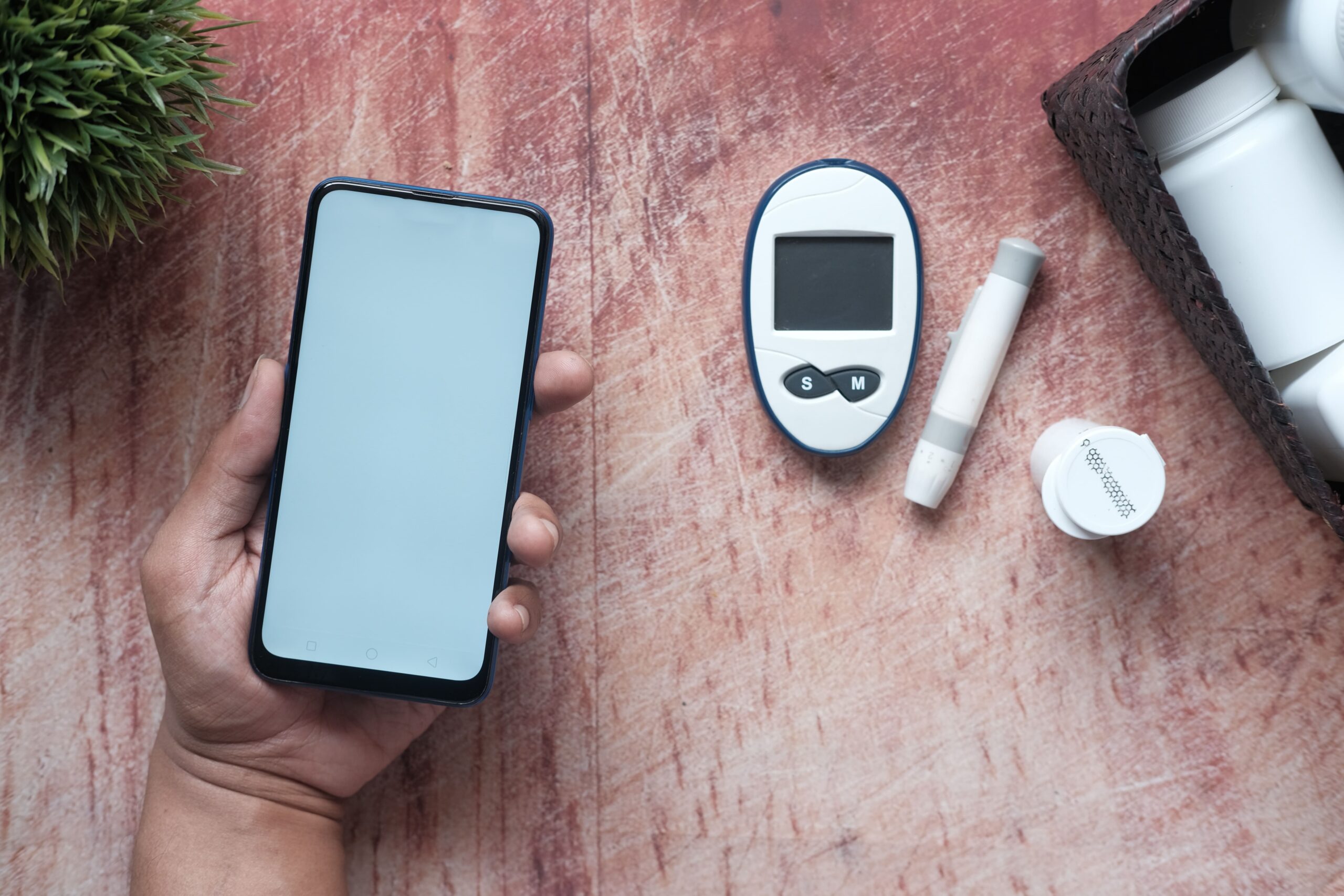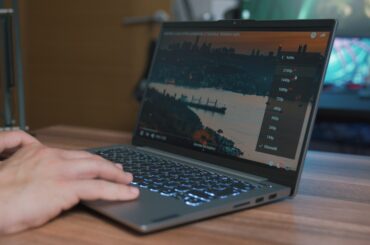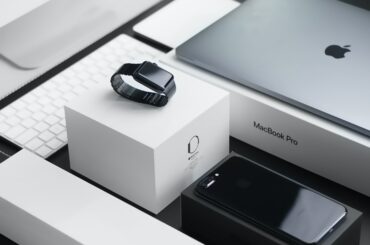The operation may appear simple when installing a screen protector on a phone or tablet. Still, if you’re not cautious, you could ruin the placement and turn the screen protector worthless. Since it is well understood that these shields cannot be reused, the situation is essentially lost if any dust manages to penetrate the display and the adhesive face of the shield. A sticky foundation is used to adhere the protection layer or tempered glass to the device’s screen. The sticky foam inserts on certain screen protectors eventually dry up, leaving the screen protector to trail behind the mobile screen. But there is a way you can make the screen protector sticky again. So let us find out how to make screen protector sticky again.
What Exactly is a Screen Protector?
A screen protector is precisely what its title indicates: a tiny piece of plastic adhered to a device’s display to safeguard its surfaces from harm, most notably scrapes. A screen protector also called a screen guard, is often constructed of laminated tempered glass or polymers like PET or thermoplastic polyurethane.
A plastic panel cover seems more elastic, affordable, and smaller than glassware. Nevertheless, glass protection looks closer to the display of the presenter’s smartphone while also being more resistant to contact damage. Contrary to popular belief, a screen protector does not contain any clever elements which might enable it to effectively prevent damage on a display.
What are the Uses of a Screen Protector?
Given the cost of devices, it seems sensible to take precautions to better secure them. A screen protector is, however, one precaution that may help you avoid spending a lot of money in the event of any large or small event that causes dents, scratches, or breaks.
Modern screen protectors may be made to order in order to guarantee a design in such a way for particular phone models. Today’s cutting-edge designs are made of tempered glass or transparent plastic, which doesn’t restrict how a phone may be utilized.
Dirt and Fingerprint Protection
Smudges on display might be the consequence of repeated thumb swiping. Skin’s natural fats won’t leave these stains on screen protectors thanks to a lipophobic layer. Additionally, this layer has the ability to prevent dirt from collecting on the display.
Prevention From UV Exposure
By reducing reflecting light, screen protectors having anti-reflective qualities may aid in lowering UVB radiation. Additionally, this lessens pupil constriction when using your smartphone.
Depleted Glare
Additionally, screen protectors with a matte coating help lessen glaring from mirrored pictures on display. This aids in easing pain and sore eyes brought on by continual staring.
Increasing Confidentiality
The screen may be improved with guards to ensure that only the person who owns the device right in front of them can see what is displayed on the panel. Anybody attempting to see the display from a wider viewpoint might notice that it is slightly hazy and illegible. When using the gadget in town, individuals have some level of anonymity thanks to this.
Bacterial Defense
The development of germs, fungi, or spores that could get into touch with a gadget and cause spots or perhaps even aromas on the display panel could also be slowed down with the use of capacitive screens.
What Causes the Phone’s Protective Coating to Flake Off?
The most frequent causes of the protective case ripping off the device glass are listed under. In these circumstances, the glass screen could be re-sticky using the technique originally explained:
- The glass screen is not sufficiently level.
- The display’s borders were not thoroughly cleaned before applying the protective case.
- Collection of dust and debris around the display protector’s borders.
- Tempered panes and outdated protection films with dried-out glue.
How to Re-stick the Screen Protector?
It won’t be feasible to revive your protective case in the majority of circumstances. There isn’t any assurance that any of the following techniques will be successful. Before you toss the protective screen in the garbage, you may test those out as they function effectively.
You must detach the glass if the protector screen is unclean. Next, wipe the filthy protective layer and the display. Polishing using Sticky tape is effective since it will remove any collected dirt. You may have to use UV glue to adhere in order to replace the sticky foundation.
To attempt to regain its adhesive, there seem to be different approaches you might take. They require the use of packing tape, a blow dryer, water, and shampoo.
Method-1
- Wet the adhesive surface.
- To remove any dirt and handprints, simply scrub with detergent. Next, wash.
- Warm the protector’s two faces with a blow dryer.
- If more dirt from the environment gets on the glue surface, make a loop out of the adhesive tape and sweep it up.
- Reapply the protective screen to the device.
Method-2
- Verify that any ventilation or air conditioner is not running in the space.
- The glass protector should be taken off and cleaned using a semi-wet cloth.
- Cover the device with packing tape from top to bottom. Your smartphone must be completely clean after doing this. If there remains additional material, use numerous bits.
- Apply the same technique on the panel protector’s sticky side. Keep in mind that there shouldn’t be any material between the protective case and the device.
- The guard automatically snaps into position when the smartphone and the protection are lined up and devoid of the packaging tape.
- Using pieces of paper, compress any air pockets to the exterior. A small drop of vegetable oil placed between the display and the shield will work to eliminate the bubbling if you are unable to do so already. After that, simply blot the remaining oil with a sheet of paper.
Summary
The screen protector is the most important thing you have to apply whenever you buy a new phone. Even though it makes the phone chunkier and doesn’t let you enjoy the 100 percent of the phone, the screen protector can reduce display damages that can cost upto 400$ to simply 10$. Furthermore, you can easily regain the stickiness in a screen protector by removing the dust particles on the adhesive by the steps mentioned before. If you don’t succeed, you might have to throw them and go for a new one.
You May Also Like
- How to Reset ZTE Zmax When Frozen? [Frozen Screen Fix]
- Which HDMI Port is Best for Gaming? Let’s Find Out!!
![How to Make Screen Protector Sticky Again? [Full Working Guide] How to Make Screen Protector Sticky Again? [Full Working Guide]](https://nexttechera.com/wp-content/uploads/2022/12/how-to-make-screen-protector-sticky-again.jpg)



